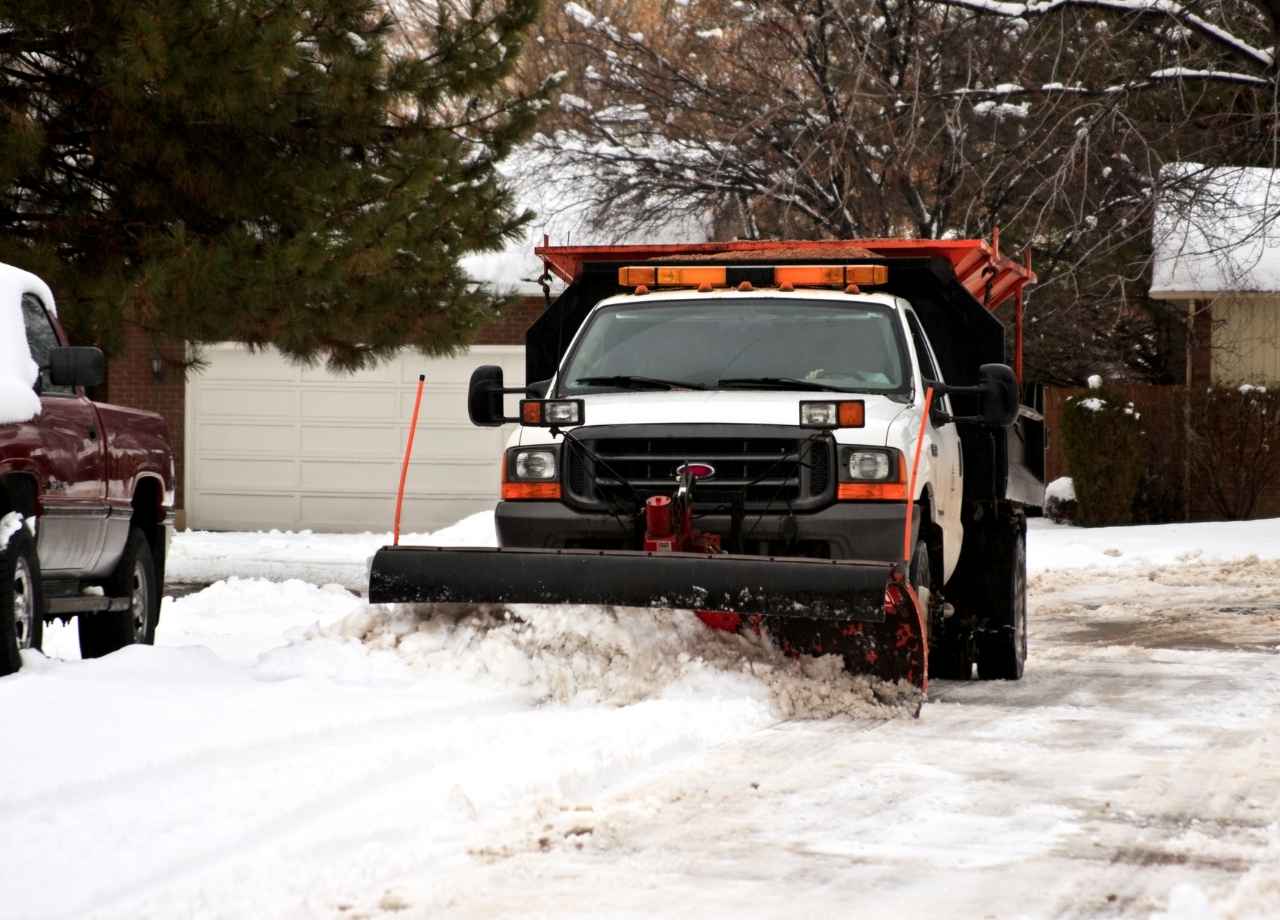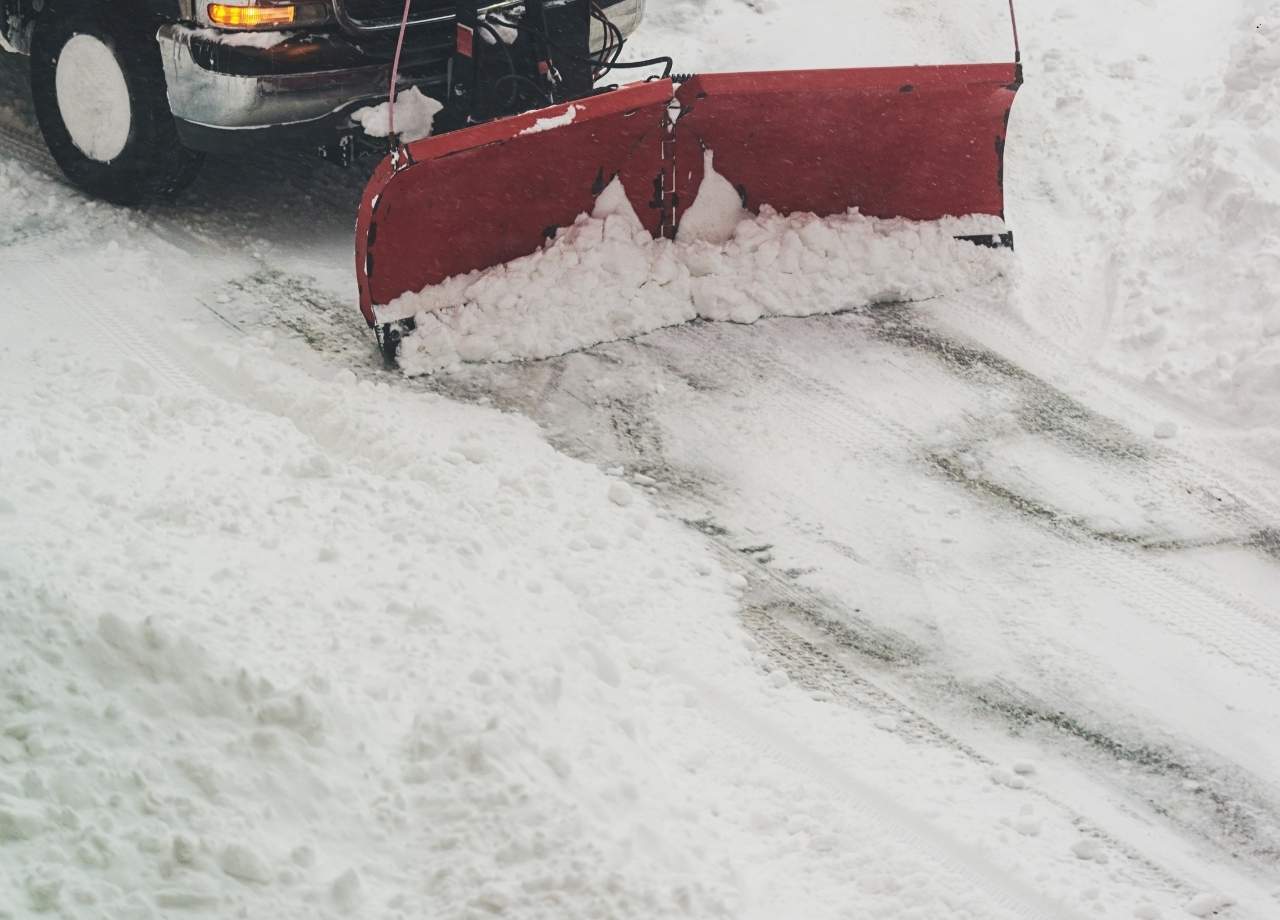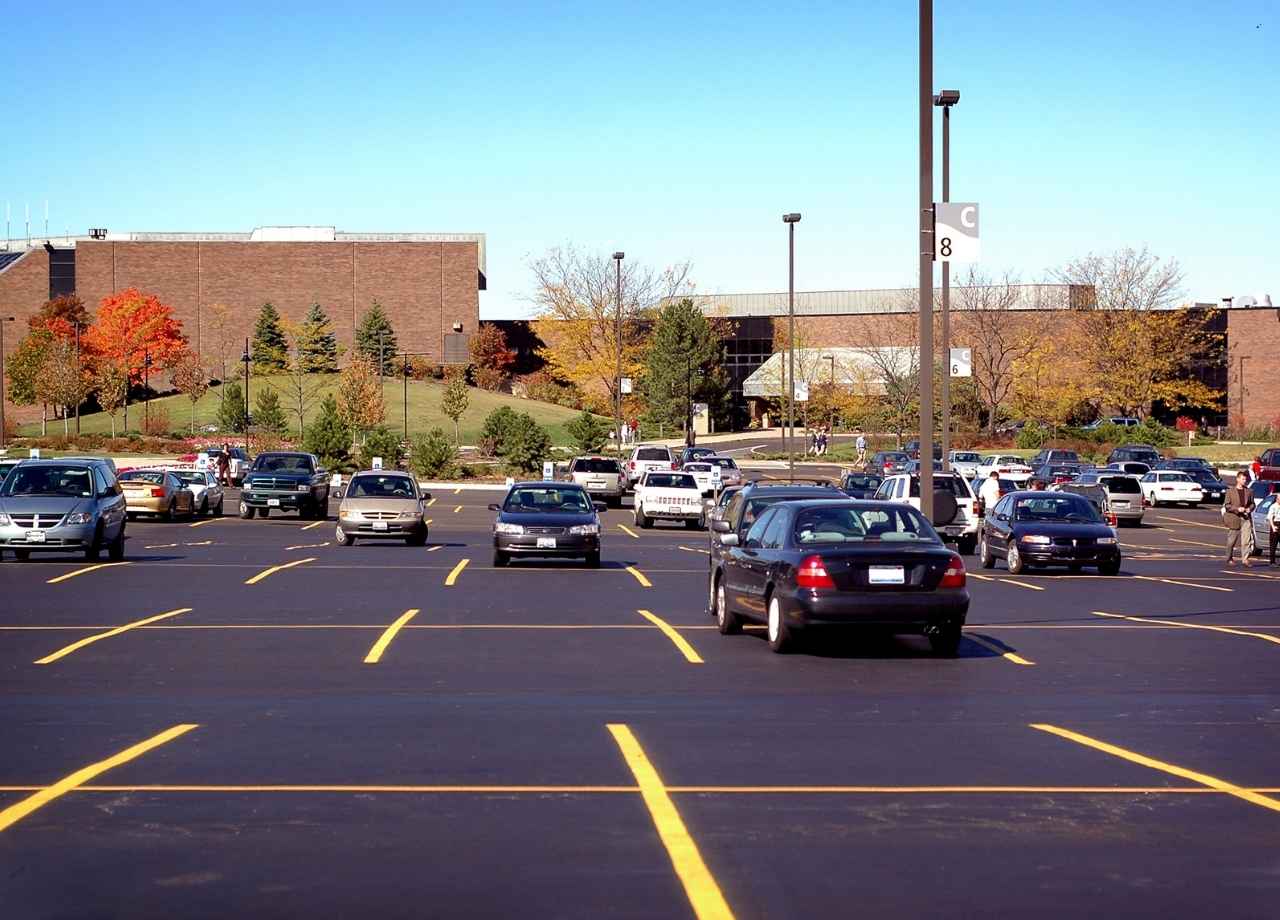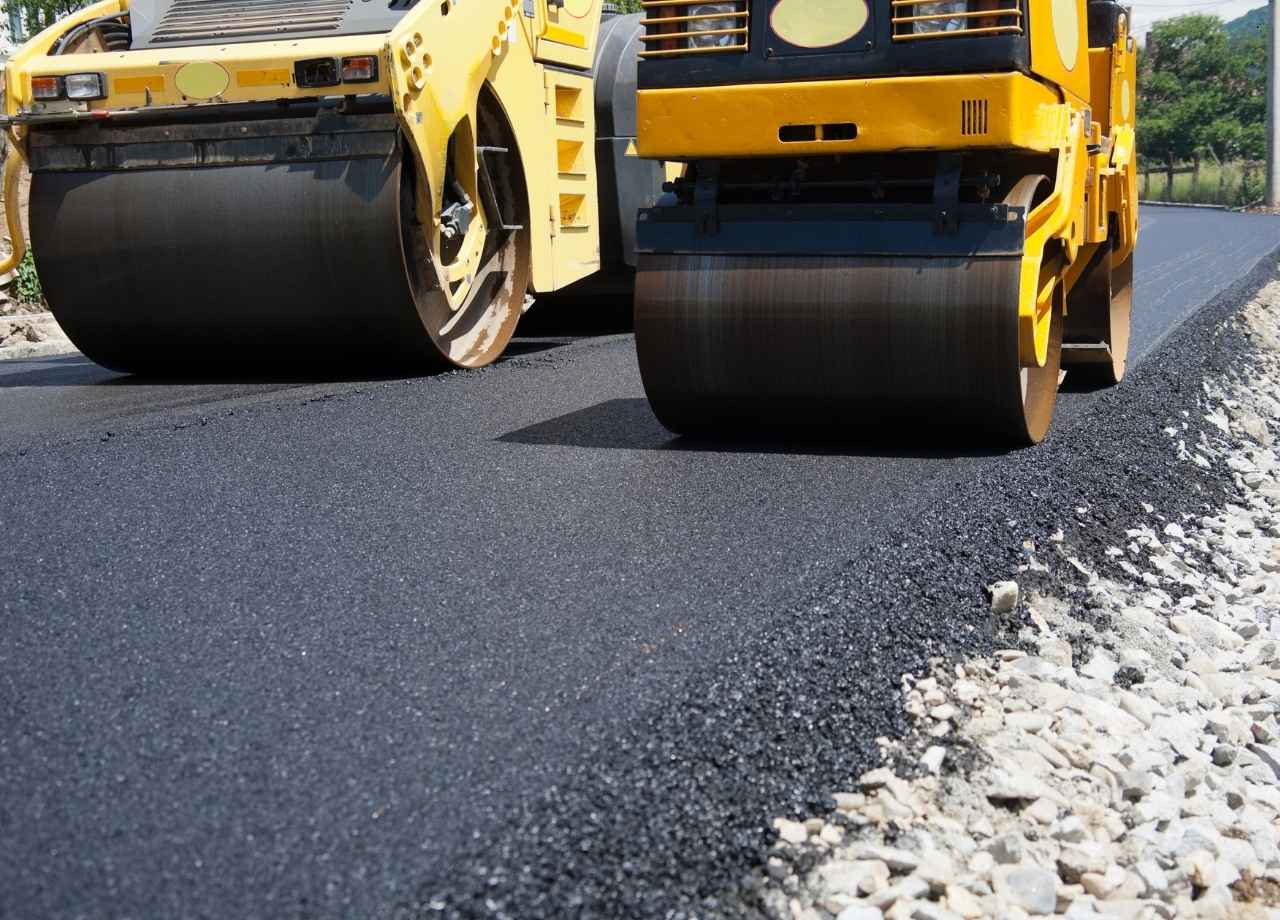Parking Lot Snow Piles: Where to Dump Without Getting Fined
Winter storms don’t just cover roofs and roads—they turn commercial parking lots into logistical messes. Once the plows do their job, massive snow piles get pushed aside, but they can’t just sit there forever. Most property managers have seen them take over dozens of spaces, melt into slush ponds, or harden into icy hazards. Letting them pile up isn’t just a bad look—it can cost you, in both fines and liability.
Municipal Rules Aren’t Optional
Every city has its own ordinances about snow disposal. Some allow on-site piling in specific areas; others require hauling offsite if certain thresholds are exceeded. Property owners sometimes assume if the snow stays on their land, it’s their problem alone. That’s rarely true.
Cities often cite businesses for snow piles that:
- Block sightlines at driveways or intersections
- Encroach on sidewalks or public rights-of-way
- Obstruct stormwater flow
- Limit ADA or fire lane access
Stormwater Systems Can’t Handle It All
Drainage matters more than most people think. Snow dumped too close to storm drains often leads to clogs. Then the melt turns to flooding. Some cities treat this as a direct violation of their environmental codes. Others classify it as illegal dumping.
Some facility manager’s end up learning the hard way when their lot’s melt flooded into a neighboring lot and freeze overnight. Which could cause accident the next morning followed by lawsuits not covered by insurance.
Parking Lot Capacity Shrinks Fast
Temporary snow piles eat up valuable parking spots, especially in retail centers, hospitals, and high-turnover commercial sites. When snow takes up prime real estate, customers start parking illegally, squeezing into tight corners, or leaving altogether.
Cities may fine businesses if snow:
- Makes ADA spaces unusable
- Blocks emergency lanes
- Reduces required parking minimums
Offsite Dumping Isn’t a Free-for-All
Dumping snow offsite without permission or permits can lead to heavy fines. Snow may seem harmless, but it often carries pollutants like:
- Automotive oil and grease
- Litter and plastic waste
- Road salt and sediment
Most municipalities have specific guidelines about where snow can be dumped—and where it definitely can’t. Dumping it into vacant lots, near storm drains, or close to wetlands is often prohibited.
Permitted Dump Sites Are the Safe Option
Many cities designate legal snow disposal areas. These are often located in:
- Old gravel pits or quarries
- Industrial yards away from water sources
- Specially prepared lots with drainage infrastructure
Permits may be required, and during major snow seasons, space at these sites fills fast. In cities like Denver, Chicago, and Boston, contractors that don’t secure spots in advance may be forced to pile snow in costly or risky places.
Some sites charge a fee per load, while others are free for licensed haulers. Either way, it’s a much safer option than risking fines or lawsuits.
Private Dump Sites Must Be Properly Zoned
Some snow contractors use their own private land to pile snow. This can be an efficient solution, but the land must be:
- Zoned appropriately (typically industrial)
- Away from flood zones and water bodies
- Managed to prevent environmental runoff
Make a Plan Before the Storm Hits
Waiting until after the first snowfall to figure out snow zones almost always leads to mistakes. Smart facility managers work with their contractors to plan in advance.

A winter-ready snow management plan includes:
- Pre-marked pile zones that avoid drainage paths and ADA spaces
- Map documentation to guide crews and city inspectors
- Permits or agreements for offsite dumping
- Contingency plans for extreme accumulation events
Documentation Matters More Than Most Think
If your snow strategy ends in a claim, you’ll need more than memory to defend yourself. Good documentation helps avoid or defend against disputes.
Recommended documentation includes:
- Photos of cleared lots and snow piles
- Timestamped route logs
- Written agreements for offsite dumping or shared spaces
- Incident logs for anything near property lines or drains
Some snow removal companies now use GPS tracking and plow route logging apps. These help confirm who did what, when—and they often pay for themselves the first time a dispute comes up.
Watch for Environmental Triggers
Even legally placed snow piles can trigger fines if they start contaminating sensitive areas. As snow melts, road salt, sediment, and trash can be carried into nearby:
- Stormwater retention ponds
- Wetlands or flood zones
- Permeable paver systems
Some states now require:
- Temporary snow berms
- Silt fencing or wattles
- Sandbags to contain meltwater
Don’t Rely on Verbal Agreements
Pushing snow into a nearby lot might seem harmless—until ownership changes. Verbal permissions or handshake agreements don’t hold up when legal issues arise.
Snow piles have triggered disputes over:
- Property line trespassing
- Nuisance claims
- Drainage violations
Don’t Let the Pile Freeze Solid
If a snow pile hardens, removing it becomes a much bigger job. Cities are now enforcing post-storm removal windows to prevent hardened snowbanks that:
- Obstruct traffic or parking for weeks
- Damage plows or removal equipment
- Become icy hazards for pedestrians
Crews in Fargo now use special equipment to break up hardened piles. It’s slow and expensive—but required. Ignoring the timeline can result in fines or city-led remediation at the property owner’s expense.
Stay Ahead of the Season
Parking lot snow disposal isn’t just about moving snow—it’s about managing risk. Facility managers who plan ahead protect their budget, reduce liability, and avoid surprises from inspectors, tenants, or neighbors.
That’s why multi-site operators across retail, healthcare, and industrial sectors turn to National Facility Contractors for snow removal programs that go beyond the plow—ensuring compliance, documentation, and risk management are all part of the plan.
Keep Snow Where It Belongs
Snow removal is part of winter life for any commercial property, but where it ends up matters more than most people expect. Whether you’re running a retail strip, managing a hospital campus, or servicing a warehouse yard, compliance is key. The fines aren’t always immediate, but they add up—and they stick on your record. Snow needs a place to go, but it can’t be just anywhere.
Need help building a snow plan that keeps your site compliant and your operation running? Talk to National Facility Contractors before the next storm hits.







